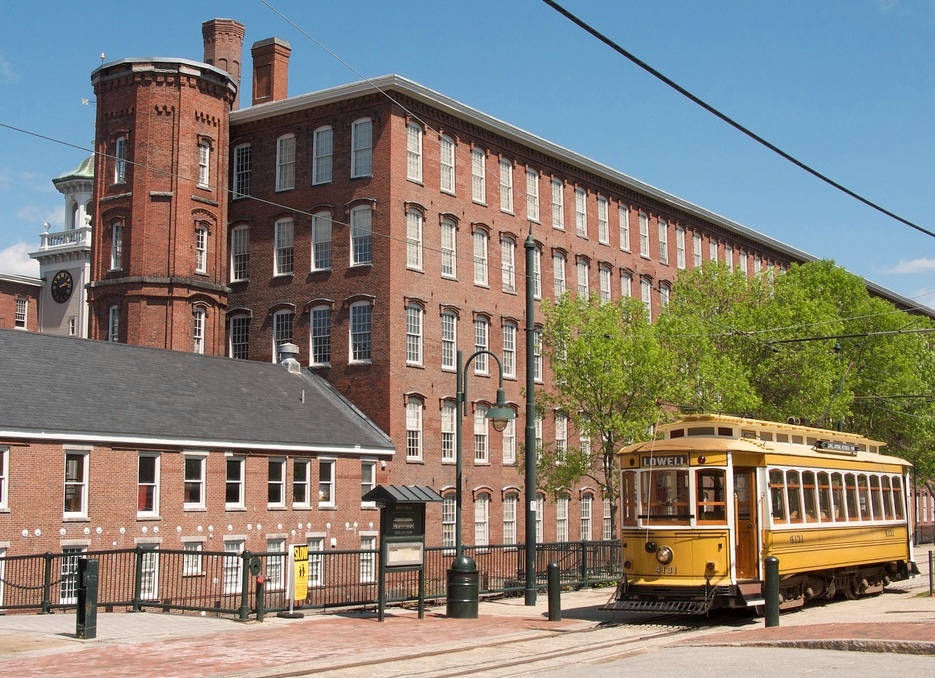In this branch line we will truly take a branch line. In railroading, a branch line refers to a secondary railway line that diverges from a main line and typically serves smaller communities, industrial areas, or less densely populated regions. Unlike main lines, which are designed for heavy traffic and often connect major cities or transportation hubs, branch lines handle lighter traffic and shorter distances.
So let’s take a trip on a branch line and see how the railroads served these smaller communities, and how that service transformed the populations they served. As railroads grew, their arrival had a profound impact on small towns across the United States. By significantly reducing transportation costs and times, railroads opened up new markets for local businesses, attracted new industries, and facilitated the movement of people and goods.
Lets begin by looking at the key economic impacts of railroads.
No longer isolated and disconnected, railroads linked small towns to larger regional and national markets. This allowed local businesses to ship their products to a wider customer base, increasing their sales and profits. For example, farmers could now easily transport their crops to distant cities, while manufacturers could ship their goods to retailers across the country.
This allowed for industrial growth as the railroad industry itself created a demand for various goods and services, such as lumber, iron, and coal. This spurred the growth of related industries in small towns along the railroad routes. Additionally, the availability of cheap transportation encouraged the establishment of new factories and manufacturing plants, further boosting local economies.
As well, the railroads spurred population growth. Train service made it easier for people to move to new areas, leading to population growth in small towns. This increased demand for housing, goods, and services, creating new economic opportunities for local businesses.
Later in the 19th century, as income in the middle class increased, railroads played a role in promoting tourism. Scenic routes and resort towns became popular destinations for travelers, bringing economic benefits to the local communities.
The Boston and Lowell Railroad
The Boston and Lowell Railroad, which began operation in 1835, is a prime example of the transformative power of railroads on small towns. The railroad connected the city of Boston to the textile mills of Lowell, Massachusetts, revolutionizing the textile industry. The availability of cheap transportation allowed Lowell to import raw materials from around the world and ship its finished products to markets throughout the United States. This led to the rapid growth of the city and the surrounding towns, creating jobs and prosperity for the region.

The Boott Cotton Mill Museum and Trolley in Lowell, Massachusetts
What transpired in Lowell and many small towns, led to a shift from an agricultural-based economy to one dominated by manufacturing and industry. This often resulted in significant economic growth and prosperity. Towns located along major railroad lines often became important commercial centers, serving as hubs for trade and transportation. This led to the development of new businesses, such as warehouses, shops, and hotels.
By the 1850s, Lowell had the largest industrial complex in the United States. The textile industry wove cotton produced in the Southern United States. In 1860, there were more cotton spindles in Lowell than in all eleven states combined that would form the Confederate States of America. After the Civil War, Lowell continued to thrive as a major industrial center, attracting more migrant workers and immigrants to its mills. By the time World War I broke out in Europe, the city had reached its economic peak. All this because in 1835, the Boston and Lowell railroad connected the burgeoning industrial city of Lowell, Massachusetts, with the commercial hub of Boston. As we have seen, this line played a crucial role in the growth of Lowell’s textile industry, and helped establish railroads as a vital infrastructure for industrial growth in New England.
But the story was not universally rosey. While railroads brought economic benefits, they also increased competition among small towns. Communities that were not located on major railroad lines often struggled to compete with those that were, leading to economic decline in some cases.
In conclusion, railroads had a profound and lasting impact on the economic development of small towns in the United States during the 19th century. By reducing transportation costs, expanding markets, and attracting new industries, railroads transformed the economic landscape of many communities, leading to growth, prosperity, and increased competition.
